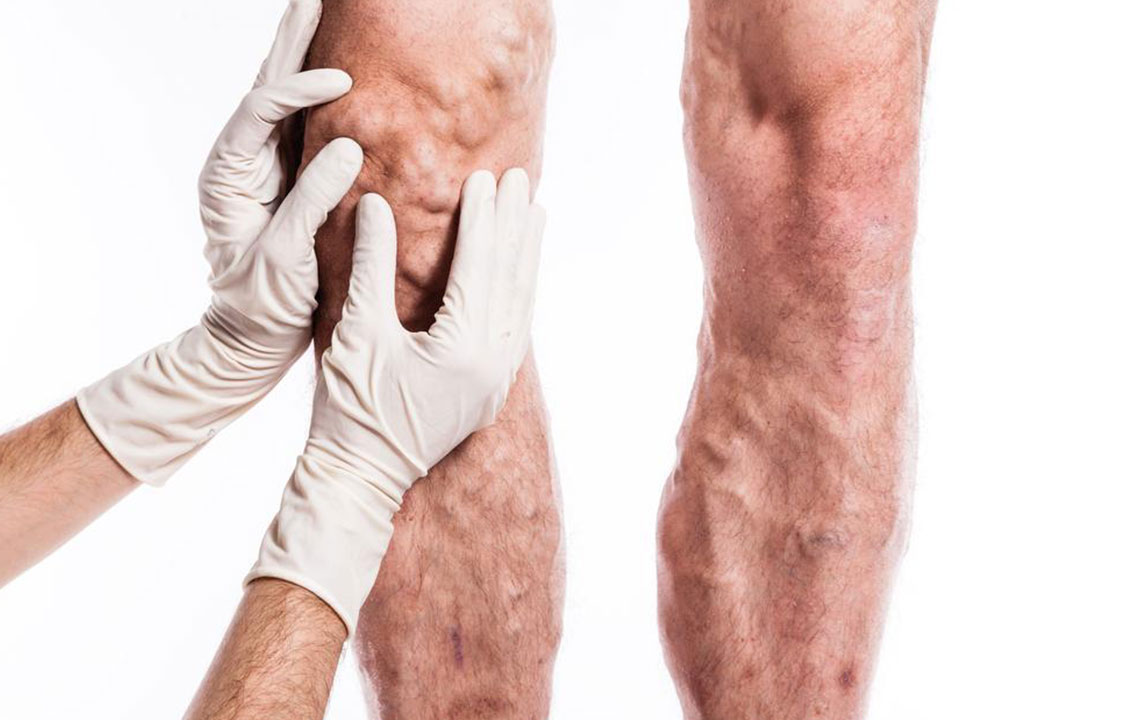Things You Must Know About Deep Vein Thrombosis
Deep Vein Thrombosis or DVT is a condition where a blood clot appears in a deep vein in the body. When a blood clot occurs, the blood turns gelatinous. A blood clot from deep vein thrombosis is more likely to appear in your thigh or lower leg. But these clots can also occur in other parts of the body. This is a condition called a thromboembolism.
Vulnerable age groups
The symptoms of deep vein thrombosis appear more commonly in people over the age of 50. Certain physical conditions can also increase the risk of deep vein thrombosis in your body.

- Injured or damaged veins
- Being overweight or obese puts a lot of pressure on the veins in your pelvis and legs. This can aggravate the risk factor. So if you’re obese, keep an eye out for symptoms of deep vein thrombosis. A history of deep vein thrombosis in the family can also make you more prone to it.
Stay Vigilant, Stay Safe
People over the age group of fifty should stay vigilant for the early symptoms of deep vein thrombosis. In case you see any of the symptoms mentioned below, you should consult a healthcare professional as soon as possible. The following are some of the symptoms of deep vein thrombosis that you can keep watch for:
- A swelling in the ankle, foot or the leg, confined to just one side, is a potential symptom.
- The leg that has the blood clot will often experience painful muscle cramps, with the pain usually beginning from the calf.
- Excruciating pain in your ankle and foot without an apparent cause is another important symptom of deep vein thrombosis.
- Certain areas of the affected leg will feel warmer compared to other patches of skin on the leg.
- The affected patch will change color. Often, it either becomes reddish or turns into a paler color.
Remember to keep an eye out for the early indicators. Many people who suffer from deep vein thrombosis do not display any symptoms. This is a highly dangerous situation since the person is carrying a blood clot that could potentially turn deadly. An untreated blood clot could even travel to the lungs, leading to a pulmonary embolism.
People who have a history of heart disease or lung problems are at a much higher risk if they have an untreated blood clot in their veins. The blood clot could potentially turn fatal if left untreated. That’s why it’s of vital importance that you keep an eye out for symptoms of deep vein thrombosis if you have an existing heart condition.
Various treatment measures can be used to treat deep vein thrombosis. In fact, the most common is medication. A blood-thinning agent makes your blood thinner and less likely to form a clot like this. A number of doctors prescribe these drugs to counter deep vein thrombosis. This is one of the best ways to prevent clot formation.
In addition to drugs, wearing a compression stocking or a compression bandage is also effective at preventing deep vein thrombosis. This is another method that greatly lowers deep vein thrombosis risk. People of all ages who suffer from deep vein thrombosis can opt to wear a compression stocking, and with time the symptoms of deep vein thrombosis will be gone!
In more extreme cases, surgery can be performed to remove deep vein blood clots. Surgery, however, is the last resort as it can be quite taxing for older people.
One of the best ways to prevent the problem from ever occurring is through weight management and regular physical exercise. Eat healthy, get regular exercise, cut down on your alcohol intake and ensure your weight remains within the healthy range. This is the simplest way to prevent deep vein thrombosis from ever occurring. So, stay healthy, stay safe.

